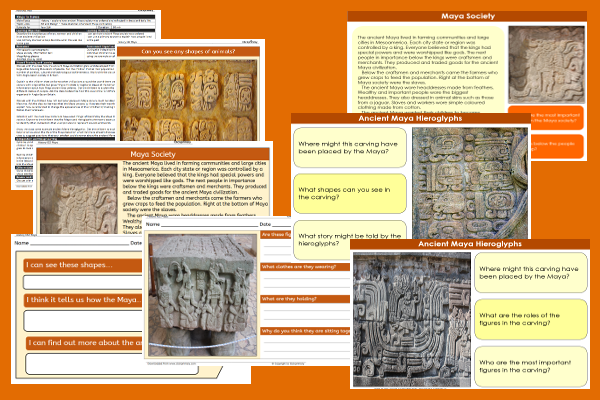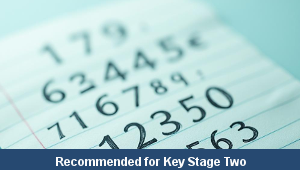Home > Key Stage Two > History > The Maya
Lesson Four – Kings to Slaves

This history teaching pack for Key Stage Two gets the children to explore and record how ancient Maya society was ordered and reflected through their dress and daily life.
The class can record observations and comments about one of the artefacts that have been left behind by the Mayan civilization which can indicate aspects of how their society was run and managed.
Download this teaching pack including a lesson plan, classroom activities and an interactive presentation to teach the children to explore and record how ancient Maya society was ordered and reflected through their dress and daily life
Activities in this teaching pack include a set of display posters to identify and describe examples of ancient Mayan artefacts that have been discovered by historians, a shared reading text to explore how the Mayan society was ordered and templates to select and record observations and information about an artefact used in the Mayan civilization.
The interactive presentation gets the children to explore how life in the Mayan civilization was ordered and managed to use when comparing their society with other types of civilizations throughout world history.
This lesson is part of a history scheme of work to research describe and present information and facts about the culture, traditions and achievements of the Maya civilization in the past . There are teaching activities for shared learning, differentiated worksheets to support independent learning and an interactive presentation to introduce concepts and key skills.
-

Maths Arithmetic Assessment
Assess abilities in solving arithmetic number problems for addition, subtraction, multiplication and division when working with informal and formal written calculations
-

Environment
Identify and describe some of the special landscapes and locations that can be found in the world and reflect on how they can be protected and preserved for the future
-

Silent Letter Words
Explore and illustrate the meanings and spellings of some different words with silent letters when using them in a range of topics and scenarios
-

Complaint Letters
Explain and model how to format and structure writing when composing letters of complaint about different issues and scenarios
